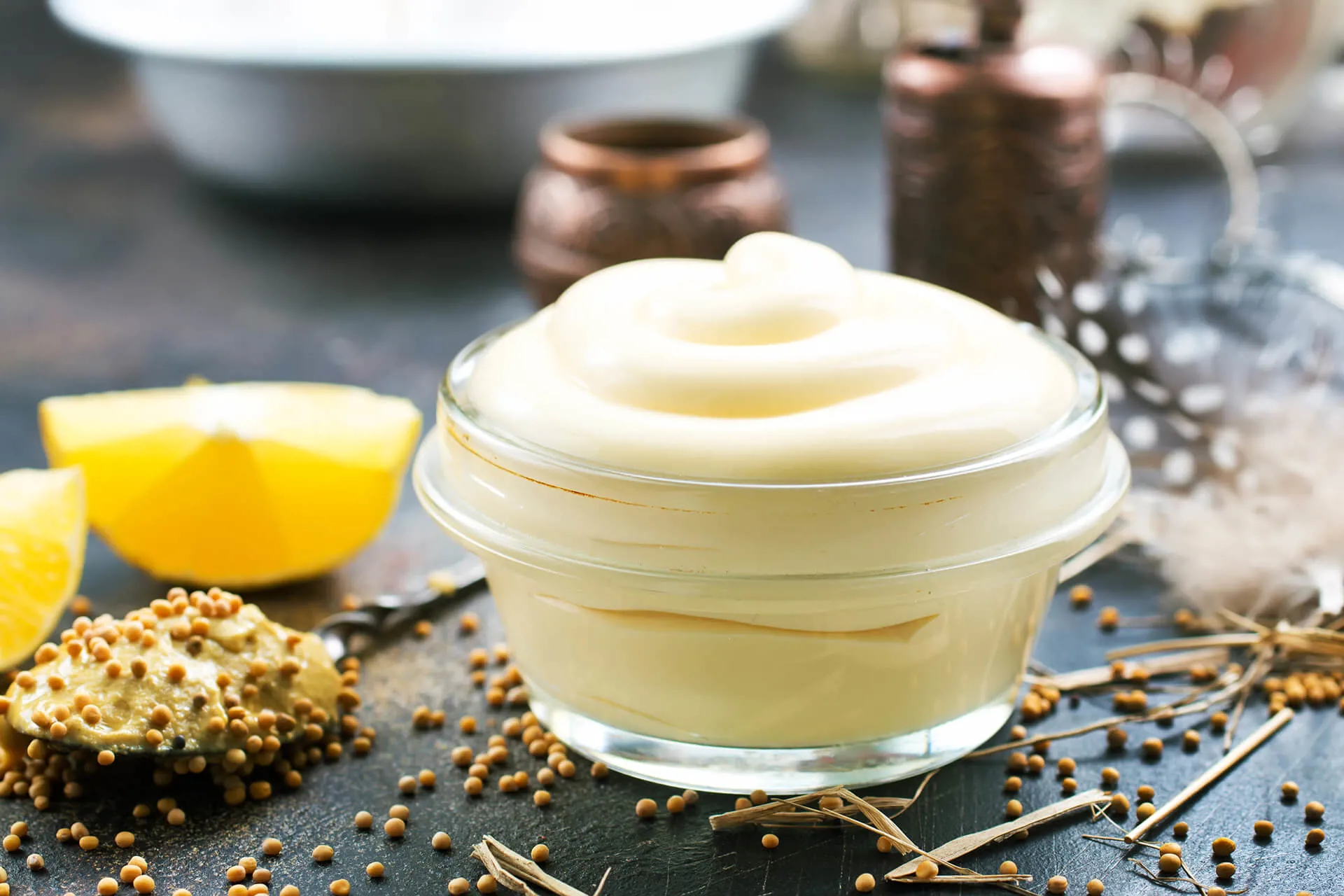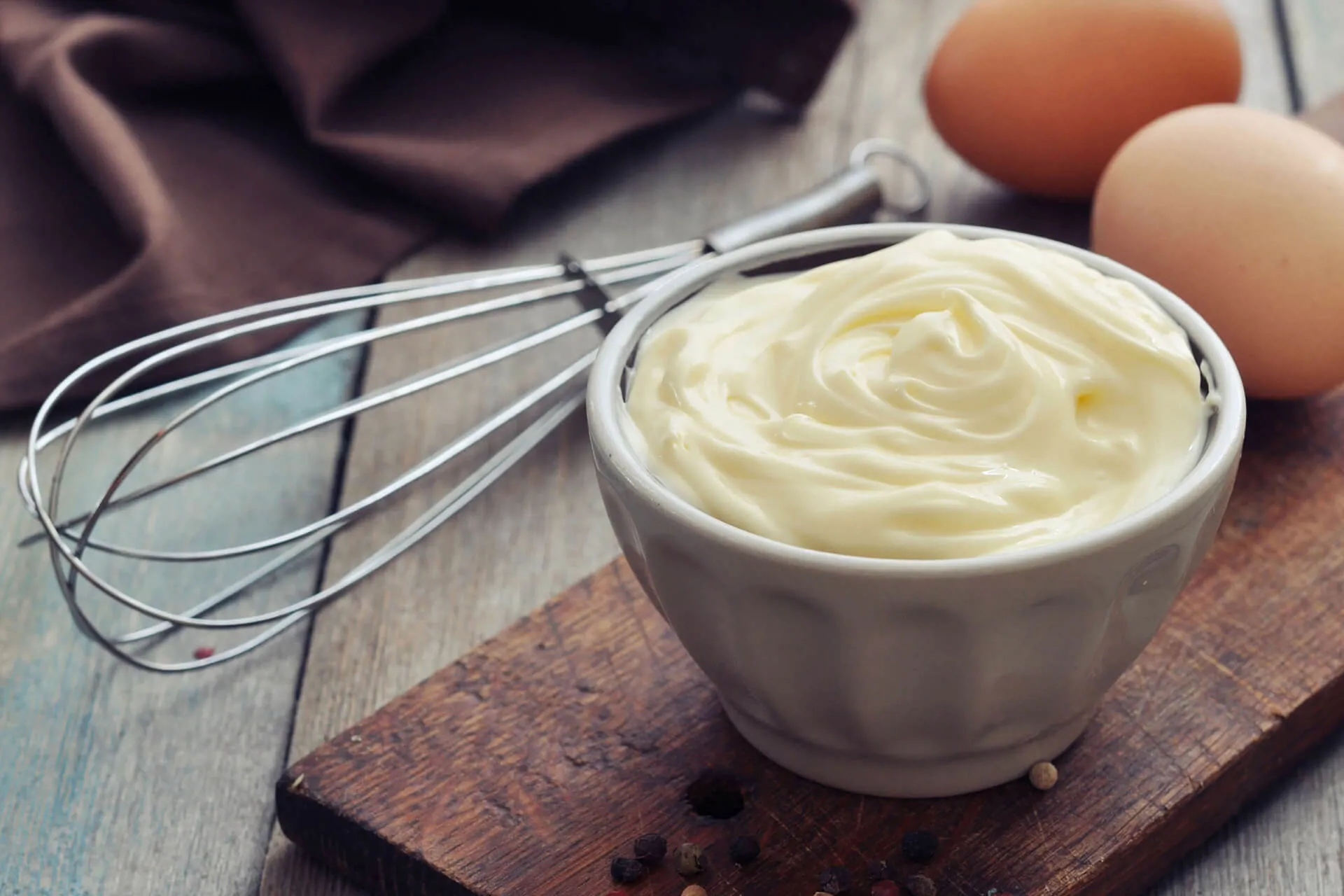
TECHNICAL ARTICLE
CONDIMENTS
Palsgaard offers a number of emulsifier and stabiliser systems tailored to meet the multiple demands faced by mayonnaise producers. No matter what fat content, ingredient requirements and functionality you're looking for, we're here to help.

Emulsifiers and stabilisers only make up a small part of the final mayonnaise, but they have a significant impact on quality. Determining the right combination is, therefore, extremely important in order to obtain the desired characteristics. And our technical teams like nothing more than helping you to find that exact combination!
Contact us today to order samples of our emulsifier and stabiliser systems and try them in our extensive library of recipes.
SHARE OUR EXPERTISE
Take advantage of our unique insights into consumer trends and specific local requirements, and choose Palsgaard for your next innovative project. Whether you want to develop a new fat-free dressing, create a low-fat mayonnaise or optimise a recipe for your heat-stable sauce, we’ll work with you to find the best solution.
Find out how we can help you here:
Traditionally, mayonnaise is an oil-in-water emulsion stabilised by a blend of hydrocolloids and starches with an oil content of more than 65%. It’s considered a high-fat food, so it’s a no-go for many of today’s nutrition-focused consumers. Low- or reduced-fat mayonnaise, on the other hand, is a growing market, with continually reducing oil content.
The texture is probably the most difficult parameter to deal with when developing low-fat mayonnaise. As the amount of oil is reduced, the mayonnaise tends to become less creamy and stickier or gelled due to the high water content that needs to be bound by stabilisers.
Using hydrocolloids alone may result in a long sticky structure, and starch alone may result in taste problems because of the quantity required to bind the water or in a gelled structure. Proteins alone may also lead to a gelled structure and are less cost-efficient. And fibres may be a good water binder, but they tend to change the appearance of the mayonnaise.
In other words, a tricky process, but we’ll be happy to help you get it right. Find out more in this technical article.
Contact us today to learn more about how we can help create stable and creamy mayonnaise with a fat content as low as 0.5%.
Price variations of egg yolk is a challenge to mayonnaise and dressing manufacturers, making it difficult to keep a constant product price when one of the more expensive raw materials fluctuates significantly.
Palsgaard has developed a series of stabiliser solutions that will allow you to develop recipes completely without eggs or with reduced amounts of eggs – but with similar results as traditional recipes. Find out more in this technical article.
Contact us today to find out how to beat the egg costs in mayonnaise.